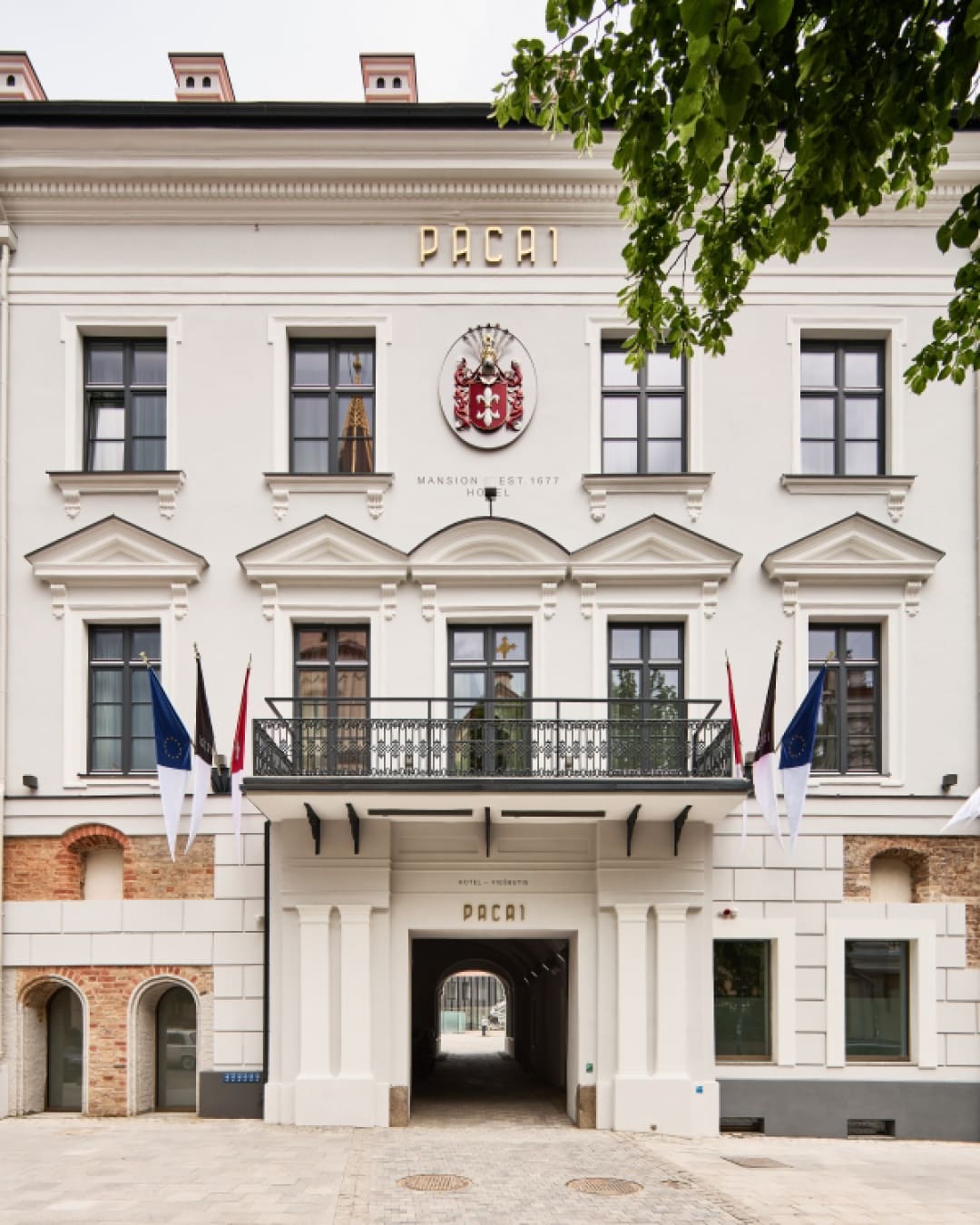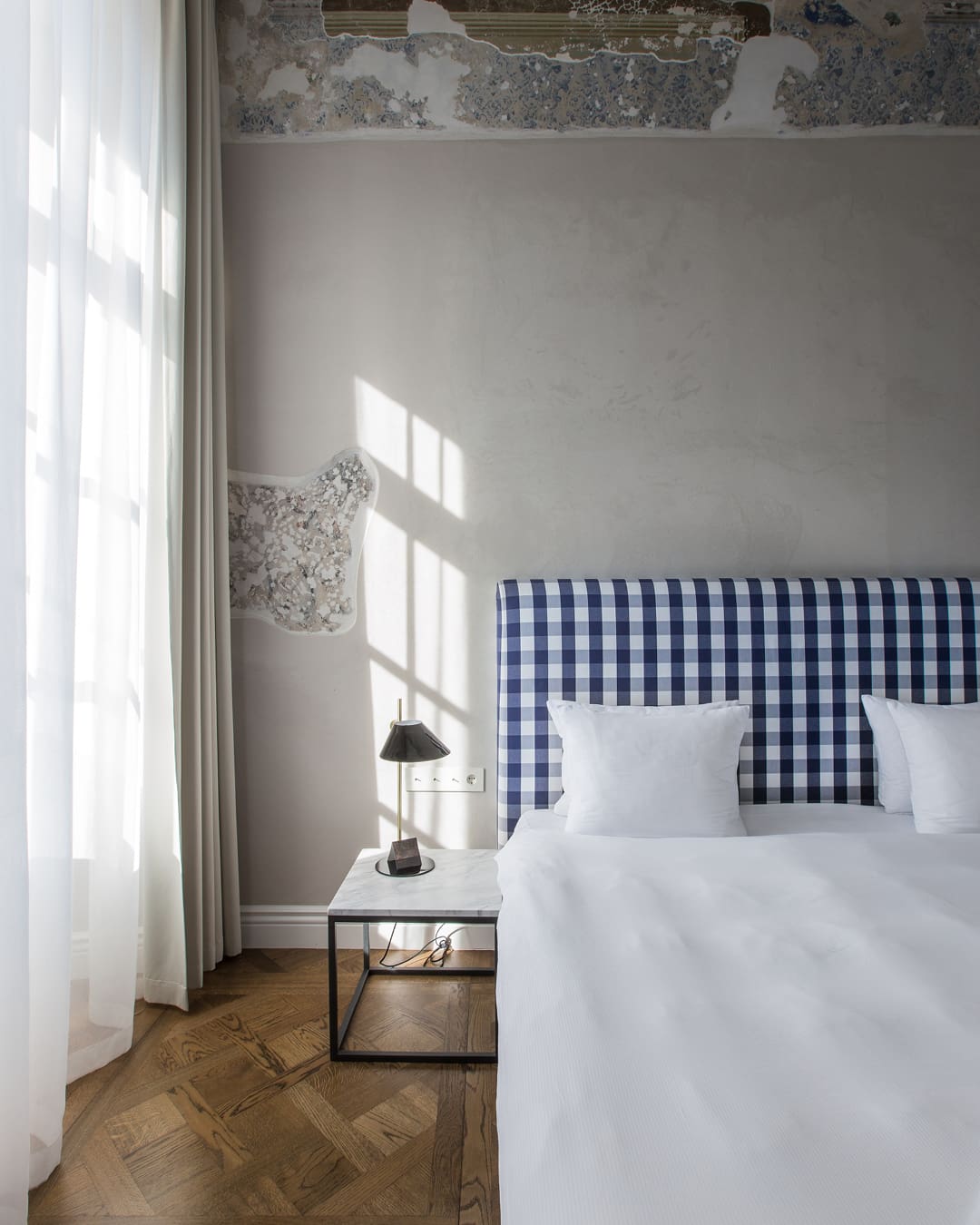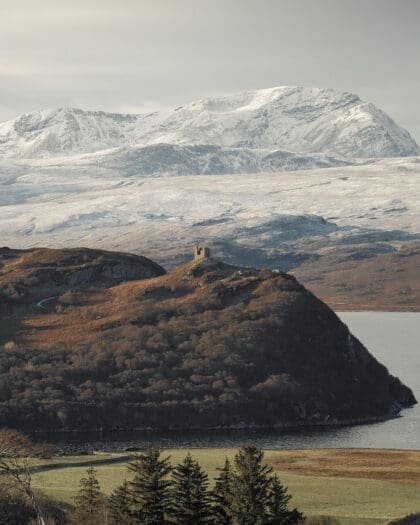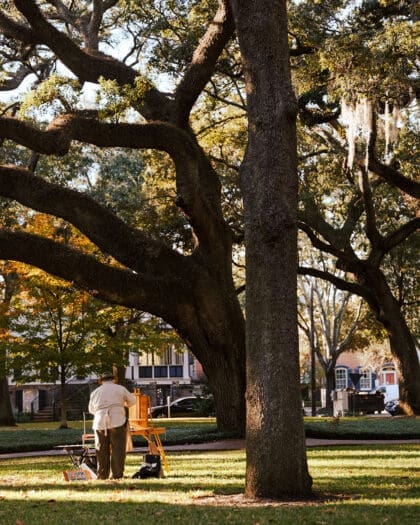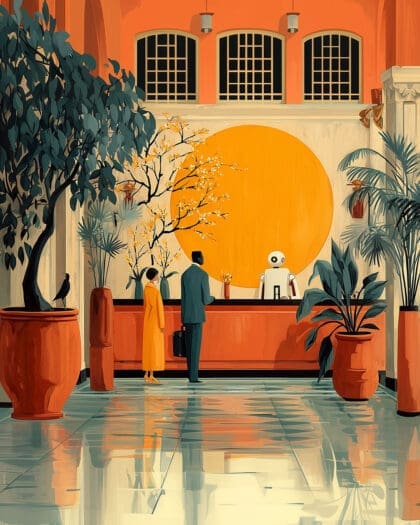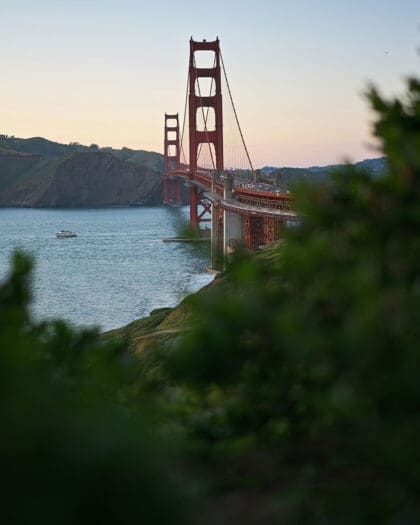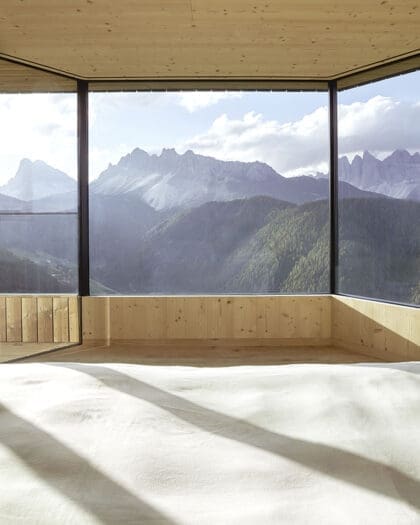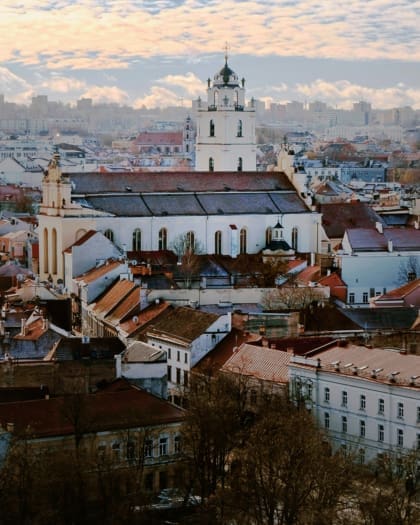
Why is everyone talking about… Vilnius?
Forward-thinking galleries, a flourishing food scene and an abundance of green space make for an inspiring adventure in the Lithuanian capital. Here’s everything you need to know about Vilnius
While lesser-known than other European capitals, Vilnius has been in the spotlight these past few years. The second-largest city in the Baltics offers a brilliant blend of urban buzz and stunning greenery across its boho neighbourhoods, pine-studded parks, dense forests and charming Unesco-protected old town, famed for its beautiful Gothic, Renaissance and Baroque architecture.
Following a half-century of strict laws on arts and literature that saw artists work underground to avoid prosecution, the Baltic state has become a creative powerhouse since declaring independence from the Soviet Union in 1990. Today, the city’s cultural offering is thriving with exciting happenings at the newly established Vilnius Biennial of Performance Art and contemporary art venues such as Mo Museum and the artist enclave and creative quarter at Lukiškės prison 2.0 (known for its starring role in hit Netflix series Stranger Things) attracting a new wave of travellers.
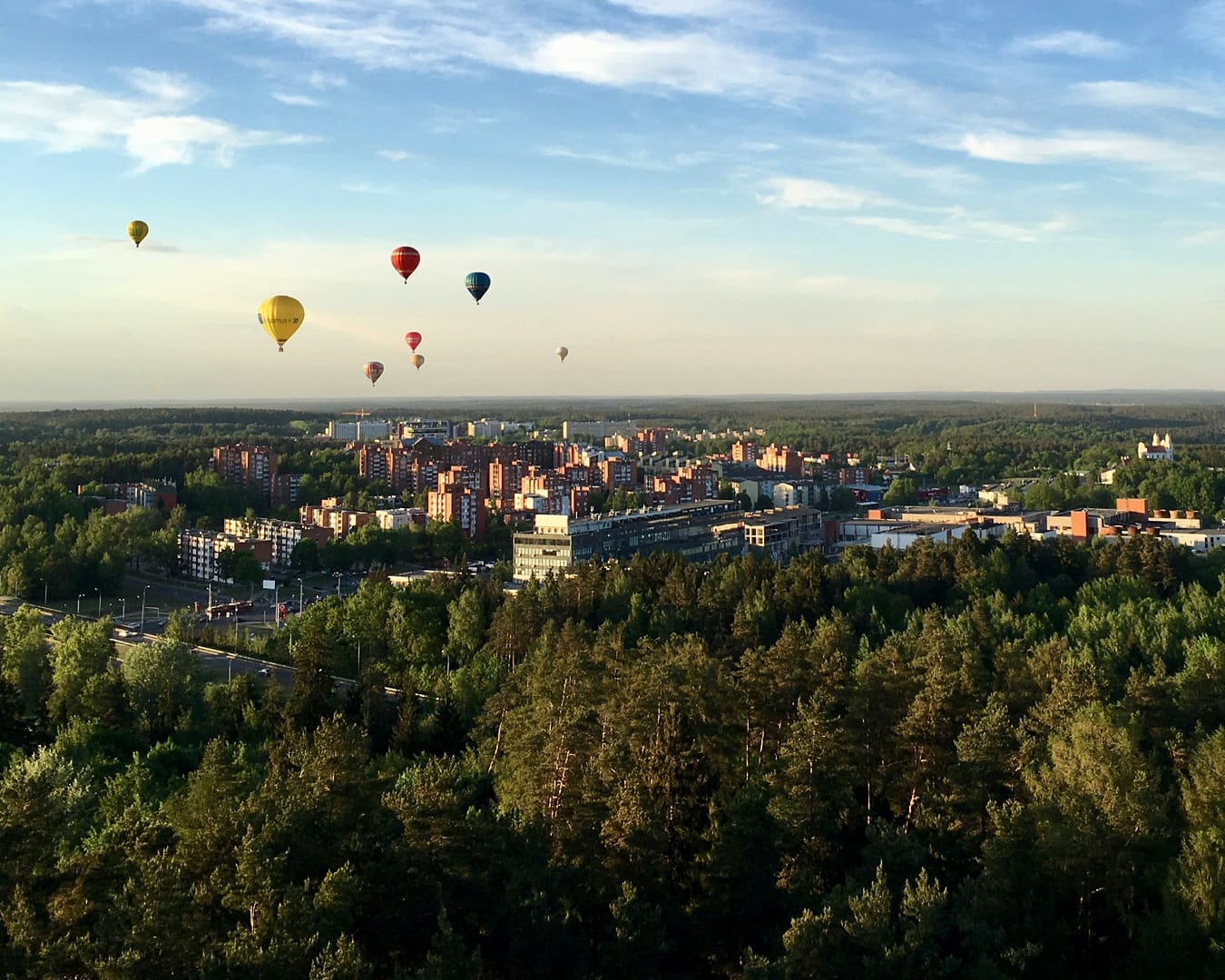
Next year, Vilnius also becomes the European Green Capital for 2025. As well as aiming to hit climate neutrality by 2030, the city has rolled out various sustainable initiatives such as banning harmful fuels and upgrading its infrastructure. The city continues to be a pioneer in cultivating its rich biodiversity with plans to plant thousands of trees and shrubs in the next few years. Alongside Vilnius’s green credentials, a burgeoning food scene is also putting the city on the map – not to mention its excellent value for money, which won’t come as a surprise to cost-conscious travellers who saw the UK Post Office crown Vilnius as Europe’s most affordable city break in 2024.
Here we highlight the best restaurants, galleries and things to do in Vilnius.

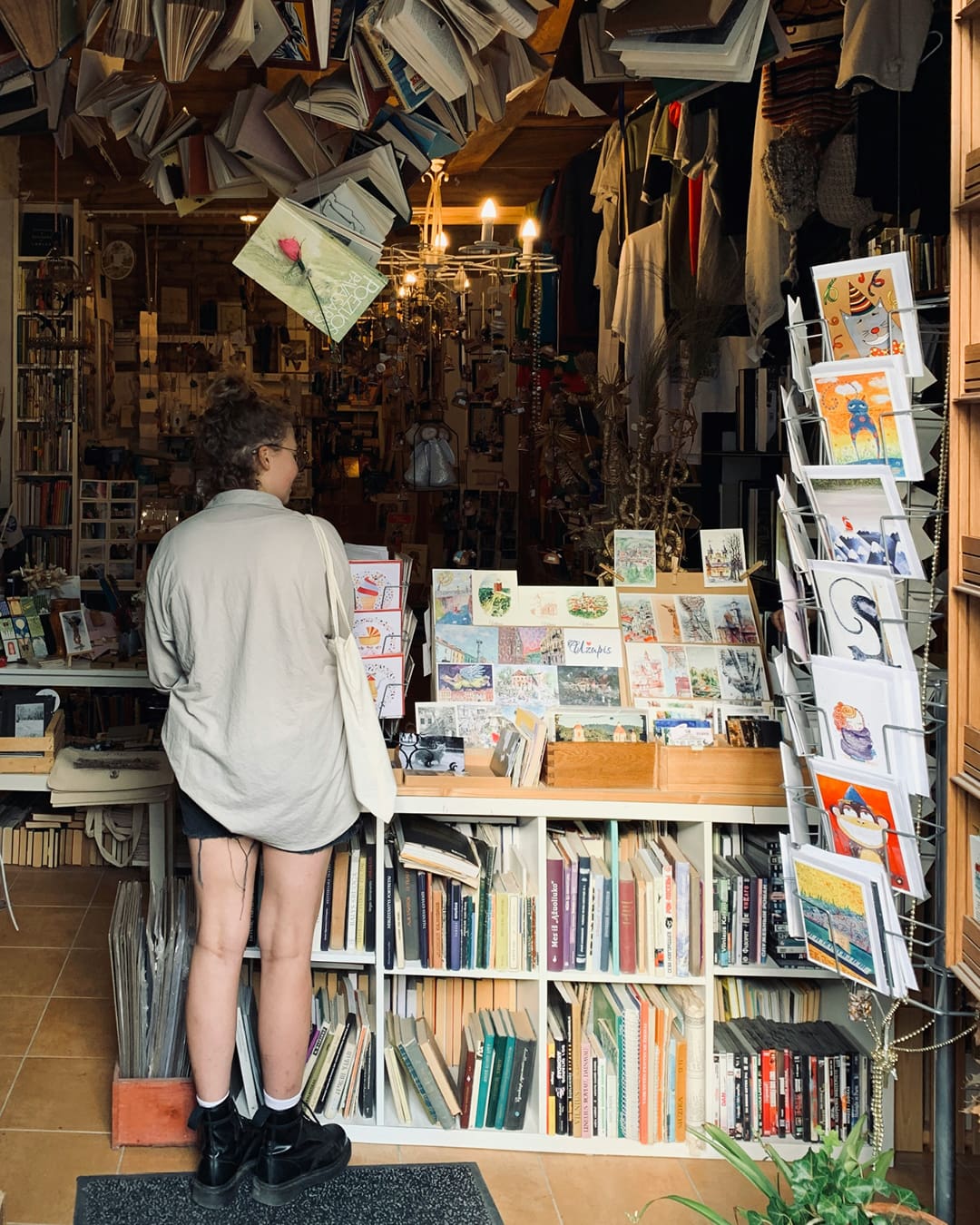
Why it’s hot…
Lithuanian food has long been associated with soul-warming comfort dishes such as smoked meats, pink beet soup and potato dumplings, but a new generation of chefs are reinventing the cuisine, drawing on standout local produce – including berries, mushrooms and river fish – and reviving traditional techniques that were lost during the Soviet occupation. This was recognised this year with the publication of the first-ever Lithuanian Michelin guide, with four restaurants – Ninteen18, Pas Mus, Džiaugsmas and Demo – awarded a star.
“We are incredibly grateful to be recognised by the Michelin Guide, the award means we’re on people’s radar,” says Mattia Rupilis, chef-patron of Le Travi, which picked up a Bib Gourmand in the guide for its seasonally inspired Italian food. “Vilnius’s food scene is becoming increasingly dynamic and sophisticated, and offers visitors a diverse range of culinary experiences, whether its traditional Lithuanian cuisine, innovative gastronomy or casual dining.”
All three of which can also be found in one place at Paupy’s Food Market, where 17 vendors dish up authentic Italian, Japanese, Mexican and Spanish side by side in an indoor space decorated with overgrown plants.
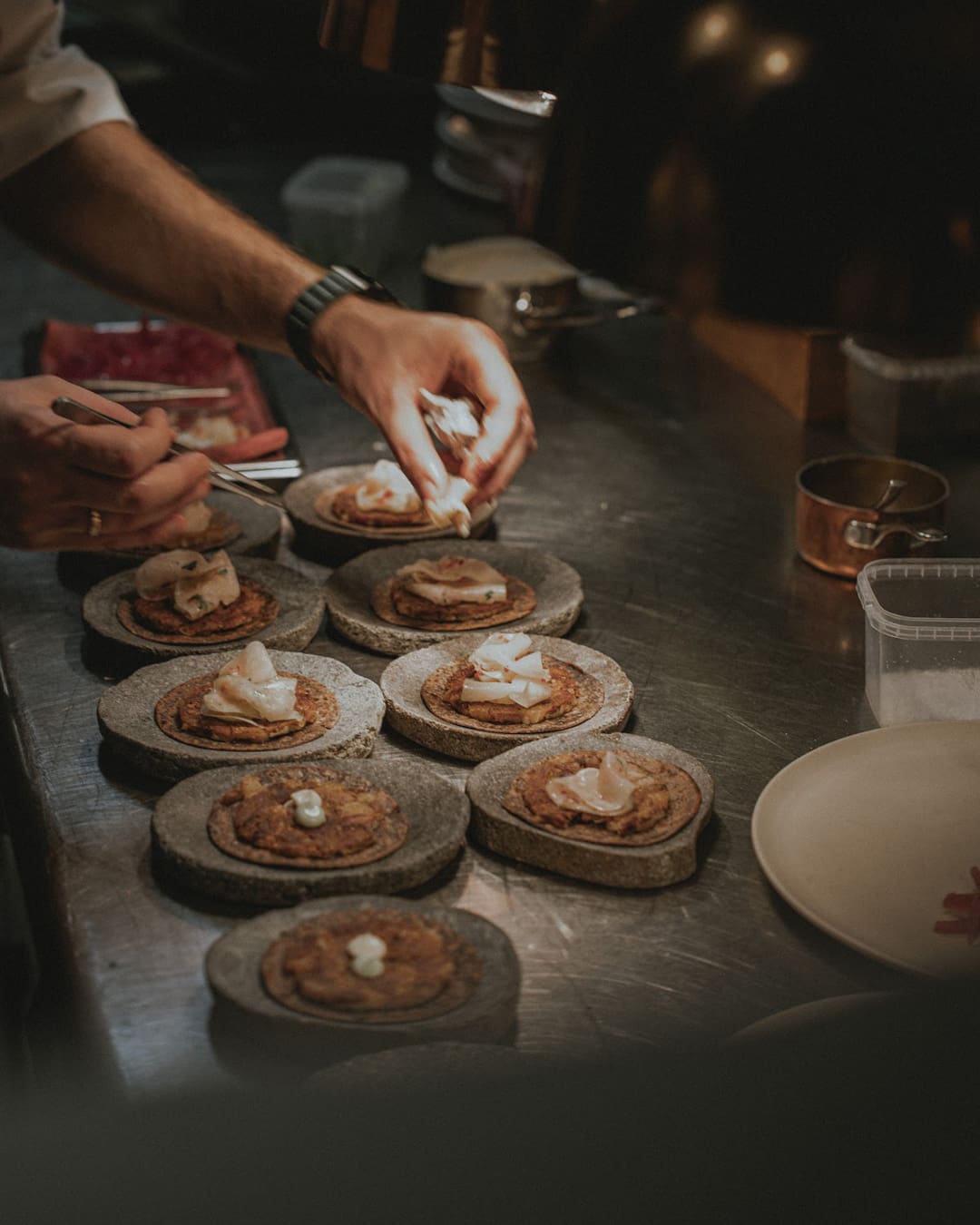
What to expect…
Vilnius has excellent nightlife, particularly in the hip Naujamiestis and Station neighbourhoods. Personas bar is positioned on the platform of Vilnius Railway Station and uses old train seats for outdoor seating beneath strings of fairy lights, while nightclub Gallery 1986 draws an edgy crowd with its tinted windows, concrete surfaces and performances from local DJs. Opera Social House is worth noting for its rooftop setting and electronic music.
The capital is among the greenest cities in Europe, with 46 per cent of the city covered by green space. Bernardine Garden and Vingis Park are in walking distance of the old town and 13th-century Gediminas Tower flaunts sweeping views across the city. Just outside the centre, the Botanical Garden of Vilnius University stretches 490 acres and features ponds, gardens and rare plant varieties.
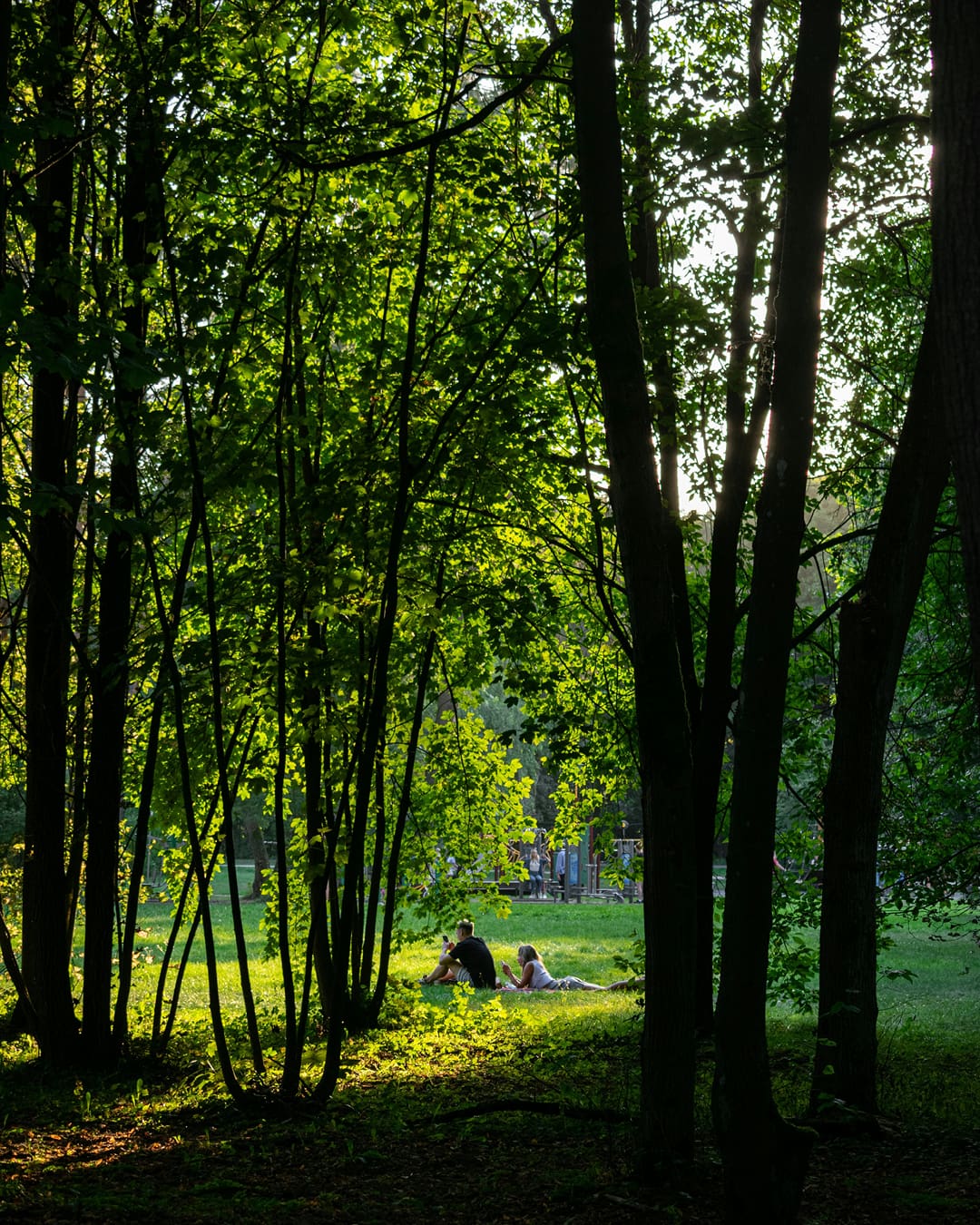

Don’t miss…
Carve out time to visit the free-spirited Užpis neighbourhood which is separated from the old town by the Vilnia River. The self-declared republic was formed by a group of artists on April Fools’ Day in 1997, and has a constitution made up of 41 wacky rules. Explore its mural-lined streets and contemporary galleries, and be sure to visit open-air Užupis Art Incubator for a stellar rotation of sculptures and installations.
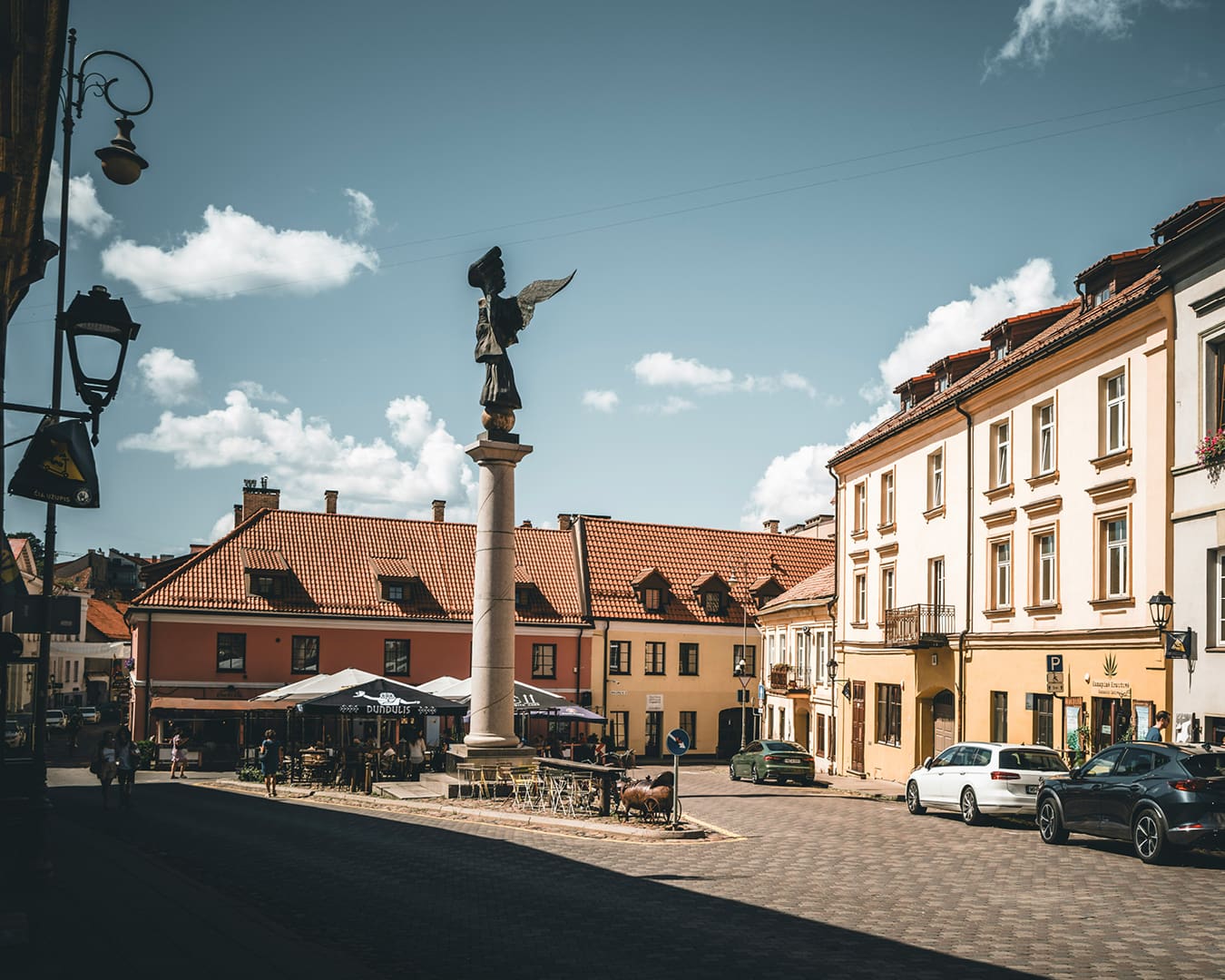
How to do it…
Bordered by Latvia to the north and Poland to the south, Lithuania is well-connected by rail to major neighbouring cities with direct routes to Warsaw, Riga and Krakow. Vilnius airport is the main entry point for overseas arrivals and is just a 15-minute bus ride to the old town. It’s worth noting that AirBaltic is launching seven new routes to European destinations in 2025.
In the heart of the old town, Hotel Pacai is a stylish base with a subterranean spa and a seasonal restaurant. If you’re seeking a quieter location, Hotel Vilnia on the edge of Bernadine Garden delivers with its light-filled rooms. Downtown Forest Hostel is a brilliant choice for solo travellers looking to mix with others.
